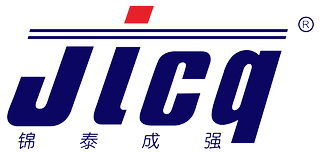Misunderstandings in the Use of Automotive Lubricants
Release time:
2020-11-26 16:10
Here is the placeholder text
Misunderstandings about the use of automotive lubricating oil
Add lubricating oil as much as possible
The amount of lubricating oil should be controlled between the upper and lower scale lines of the oil dipstick. Because too much lubricating oil can seep into the combustion chamber from the gaps between the cylinder and the piston, forming carbon deposits. These carbon deposits can increase the engine's compression ratio and increase the tendency to produce knocking; when carbon deposits are red-hot in the cylinder, they can easily cause pre-ignition, and if they fall into the cylinder, they will exacerbate the wear of the cylinder and piston, and also accelerate the contamination of the lubricating oil. In addition, too much lubricating oil increases the stirring resistance of the crankshaft and connecting rod, leading to increased fuel consumption.
When the lubricating oil turns black, it should be replaced.
This understanding is not comprehensive. For lubricating oil without added detergents, a black color indeed indicates that the oil has severely deteriorated. However, the lubricating oil used in modern cars generally contains detergents. These detergents wash away the adhesive films and black carbon deposits on the piston and disperse them in the oil, reducing the generation of high-temperature deposits in the engine. Therefore, after using lubricating oil for a period of time, it is easy for the color to turn black, but the oil has not completely deteriorated at this time.
Regularly adding oil does not mean it doesn't need to be changed.
Regularly checking the lubricating oil is correct, but only supplementing without changing can only make up for the quantity deficiency of the oil, but cannot fully compensate for the loss of lubricating oil performance. During use, the quality of lubricating oil gradually declines due to pollution, oxidation, and other reasons, and there will also be some consumption, leading to a decrease in quantity.
Additives are very useful.
Truly high-quality lubricating oil is a finished product that possesses multiple engine protection functions, and the formula already contains various additives, including anti-wear agents. Moreover, lubricating oil emphasizes the balance of the formula to ensure the full performance of various functions. Adding other additives by oneself not only cannot provide extra protection for the vehicle but can also easily react with the chemicals in the oil, resulting in a decline in the overall performance of the oil.
Related News


